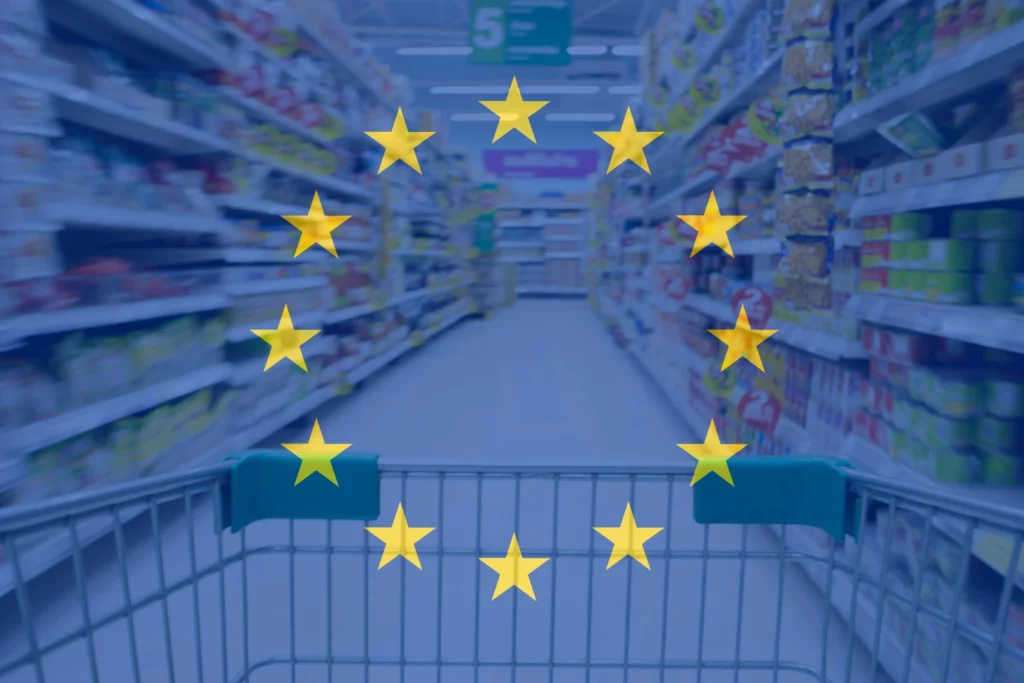Predictions for business-to-business (B2B) ecommerce trends in 2021 will probably sound similar to those for 2020, but the context is dramatically different after such an exceptional year.
Not the death of a salesman
To create a sustainable future, manufacturers, distributors and wholesalers have embraced digital transformation more than ever in the last 12 months. Initially intended as an essential response to the restrictions imposed to manage the coronavirus pandemic, this change is here to stay. More than eight out of 10 B2B decision makers say that they plan to make further investments in digital sales channels, according to Gartner.
In October 2020 research by McKinsey found that only 20 to 30% of B2B buyers will want to interact in person with sales representatives in the future. However, this doesn’t mean that Forrester’s prediction in 2017 that professional sales experts won’t have a role to play is now happening in practice.
In fact, the roles of your professional sales and customer service teams will be as important as ever. They will be empowered by technology to offer a far better customer experience with the benefit of the latest information about products and availability. Accurate real-time data about customer behavior will allow them to anticipate and exceed expectations. A perfect example of how companies can arm their sales team with crucial, real-time information to help close a sale is Cloudfy’s B2B sales rep mobile app which gives salespeople out in the field the ability to check stock, place orders and view customer records.
B2B marketplace opportunities
Online marketplaces bring together buyers and sellers, providing access to a wide selection of suppliers and products. More than eight out of 10 B2B buyers are using them, so they need to be part of your strategy for 2021.
B2B marketplaces can be horizontal, typically offering products for every business need, while vertical marketplaces focus on a specific industry group. Amazon Business offers both options. Marketplaces have proved valuable to many B2B companies where international supply chains have been put under pressure during the pandemic.
B2B and B2C crossover
As we all engage in more online buying personally and professionally, it’s not surprising that people are looking for the same standards of user experience across all online transactions. Business to consumer brands have certainly led the way and B2B ecommerce companies must now catch up, despite the varying needs of their buyers.
As millennials play an increasingly important role in the B2B buying process, expectations are higher than ever. Businesses that meet or exceed requirements will gain a significant competitive advantage. This will include tools to research products and services, personalized recommendations, ratings and reviews, detailed product information, images, videos, downloadable documentation and product customization options.
Direct-to-consumer growth
B2B commerce businesses are recognizing the benefits of selling directly to their customers (D2C) as well as working with wholesalers, distributors and retailers. The direct relationship with end customers provides valuable customer data and opportunities to test and refine products and marketing approaches. Nike, for example, has a growing D2C business that is reported to account for a third of revenue at the end of 2020.
Manufacturers might hesitate to adopt this approach due to concerns that it will damage long-standing relationships with their channel partners. However, the real-time insights it provides often aren’t available across multiple channels. This can add value for the whole distribution network. In addition, manufacturers can continue to direct customers to their nearest retailers.
Progressive web apps
Further adoption of progressive web apps (PWAs) will feature in 2021, adding to the B2C cross-over effect and emphasis on D2C sales. PWAs behave like mobile apps but they use common technologies available on most mobile devices, making them easier to maintain and update.
Buyers can simply go to a website, which can then appear on their home screen, rather than downloading an app. PWAs reach your market more quickly than native mobile apps whose quality-control processes often delay their approval for app stores. They provide a consistent experience on desktop, laptop, tablet or mobile devices, and can match the speed and usability of mobile apps. They can even function offline and integrate with smartphone functions like cameras and messaging to scan barcodes or access forms, for example.
Fulfillment options
The coronavirus pandemic has not only introduced digital sales to new audiences, but it has also highlighted the importance of safety for everyone from workers in warehouses to delivery drivers and customers. It is now essential for everyone throughout the supply chain to meet essential hygiene and safety requirements.
Some businesses have developed new ways to ship products that limit physical contact. Socially distanced buy online, pick up in store (BOPIS) is now more common. B2B companies can adopt this approach to distribute products via retail partners, even if their products aren’t sold in-store.
Manufacturers and distributors have been drop shipping, fulfilling orders on behalf of retailers, for many years. During 2020 this has been used more extensively as retail outlets were forced to close and manufacturers and wholesalers needed to find viable alternative ways to distribute products as ecommerce demand soared. This is another trend that is likely to continue.
Ecommerce integration
During the pandemic many B2B companies developed integrations with their customers using application programming interfaces (APIs). Manufacturers and distributors were able to provide customers and retailers with accurate inventory details, supply chain information and other business updates.
Ecommerce integrations allow data to be shared and orders to be placed across multiple channels including native mobile apps or progressive web apps. Now this investment has been made the trend is set to continue, and many businesses will need to catch up.
New payment options
Around the world, payment technology has become an essential part of the ecommerce revolution. With new channels, integrations and buying experiences, new payment options are needed, including new types of B2B financing.
In 2021, B2B companies will need to update their accounts receivable processes, moving away from physical invoices to new ways of accepting payment. Opening up online transactions to a much larger audience will demand changes to fees, payment delays, processing, and transaction visibility.
Underlying infrastructures will need to be optimized to work seamlessly with other systems to move money and data safely. This is another way in which B2B ecommerce will start to mirror B2C in 2021.
Speak with one of our experts to find out more about the new trends in B2B ecommerce for 2021, and join the ecommerce revolution today.






